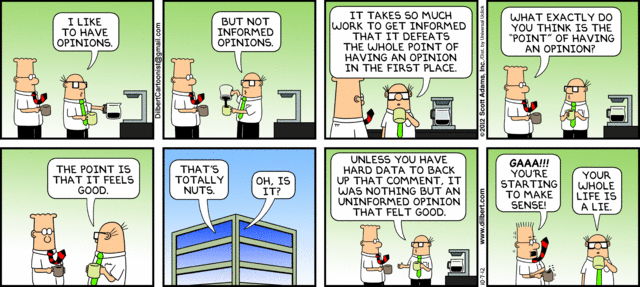Root cause analysis typically consists of the following steps:
- Clear definition of the problem to be resolved.
- Careful review and verification of currently observed behavior.
- Basic review of theoretical behavior (how one would expect the system to behave).
- Brainstorming of hypotheses around what it causing the problem.
- Creation of experiments to prove/disprove the hypotheses.
- Execution and analysis/synthesis of experimental results.
- Repetition as needed.
Effectiveness in this process depends on a subtle combination of analytic insight, creativity, intuition/instincts and healthy skepticism. When scant hard evidence is available, people often latch onto their first “hunch” that can shut down valuable avenues of inquiry. While it might sound obvious, I have found an important key in solving these problems has been getting good quality data. This is embodied in step 5, above. In my many years working on R&D and design teams, I have often found among my colleagues general resistance to this step, resulting in a lot of time being spent on fruitless speculation. Perhaps because I have found this step so critical, I have focused intensely on the process of creating effective tests and experiments, and almost always find a fairly simple and rapid way of getting at least enough information to either dismiss a hypothesis or warrant a more in-depth investigation.
With well-honed instincts and technical rigor, I have used the process above time and again to solve even the trickiest technical problems. (See “Case Studies.”) I can work alone or with your team to achieve successful resolution.

